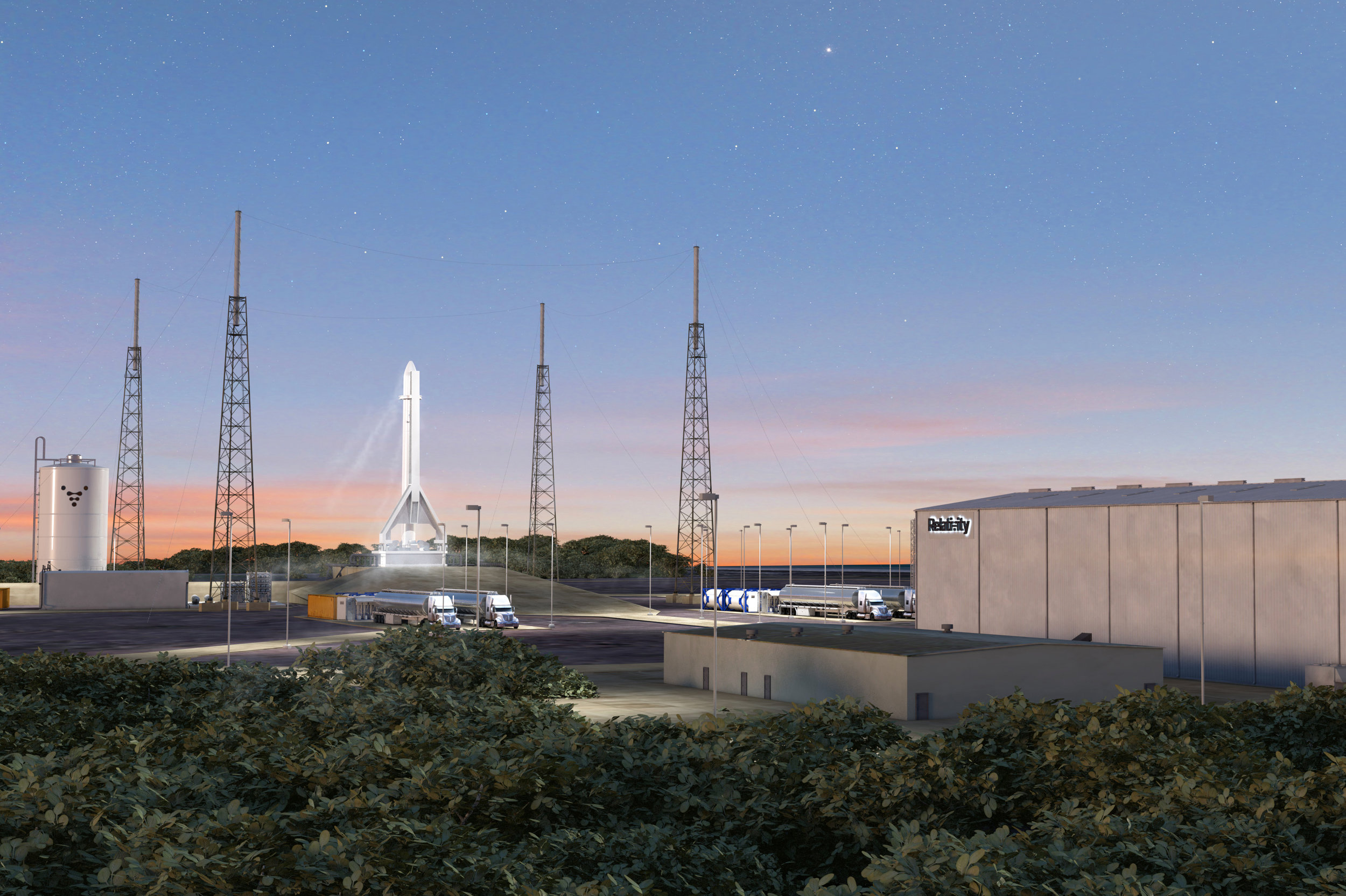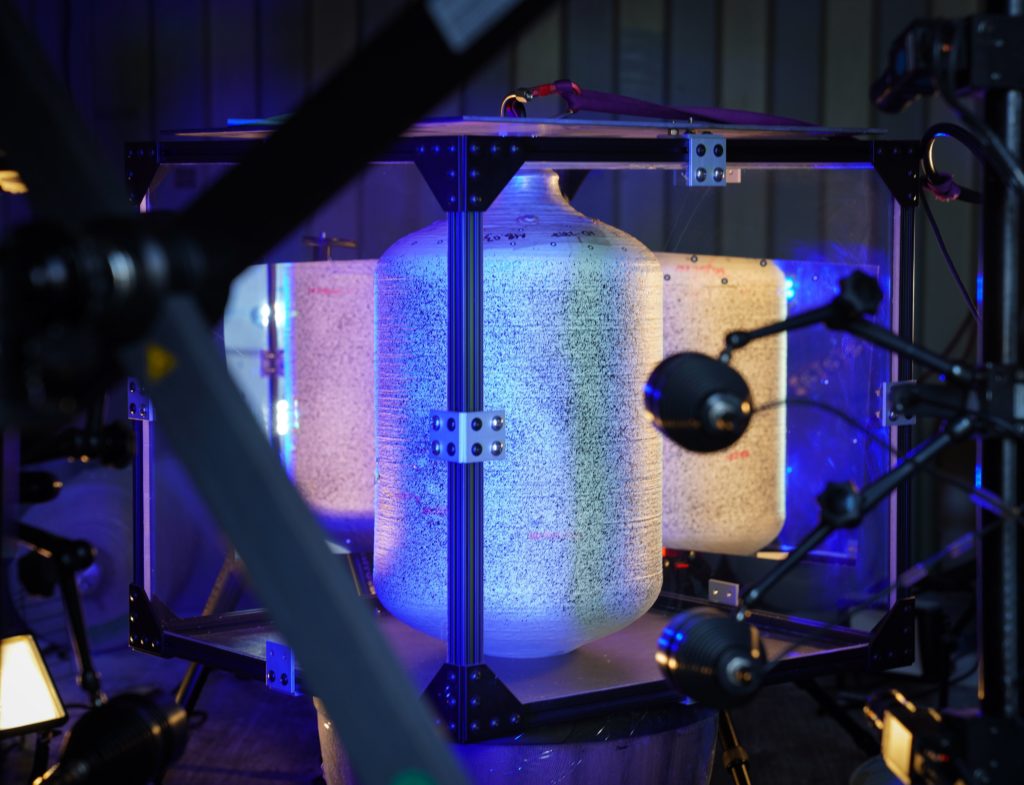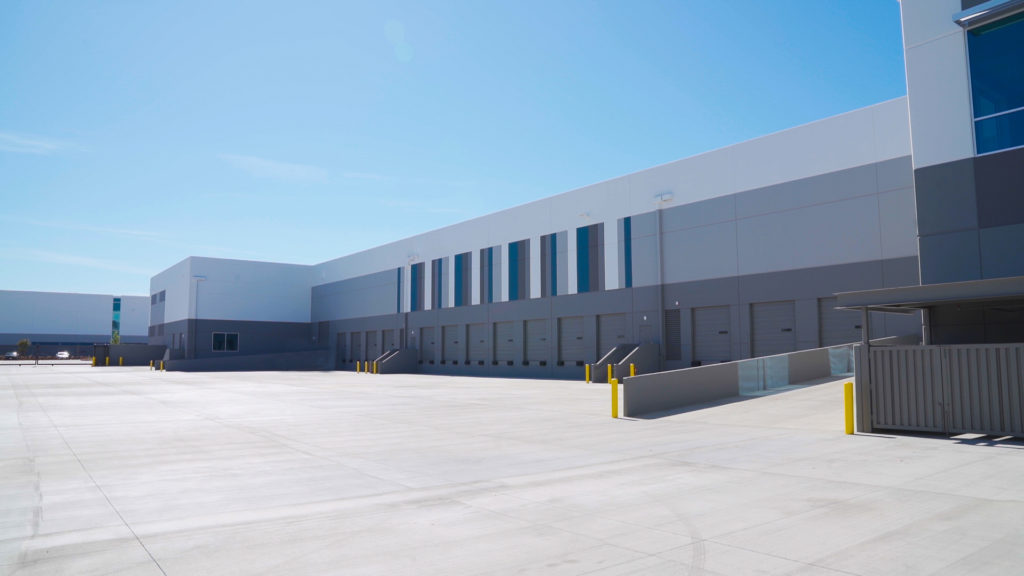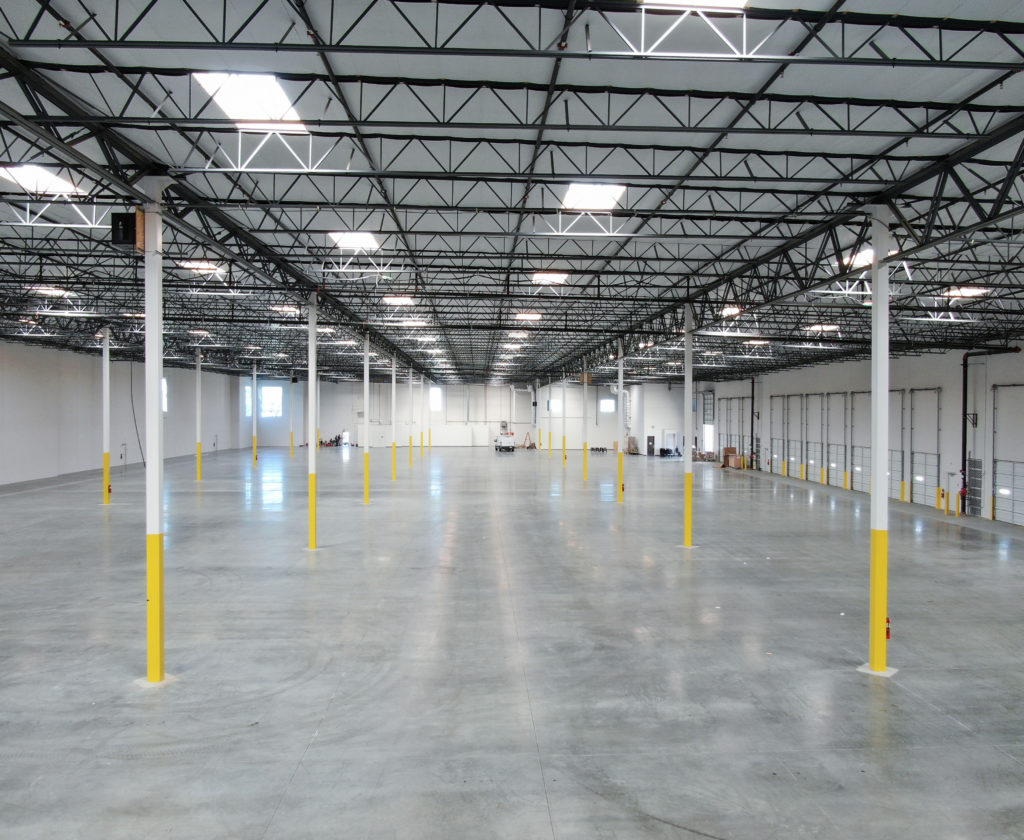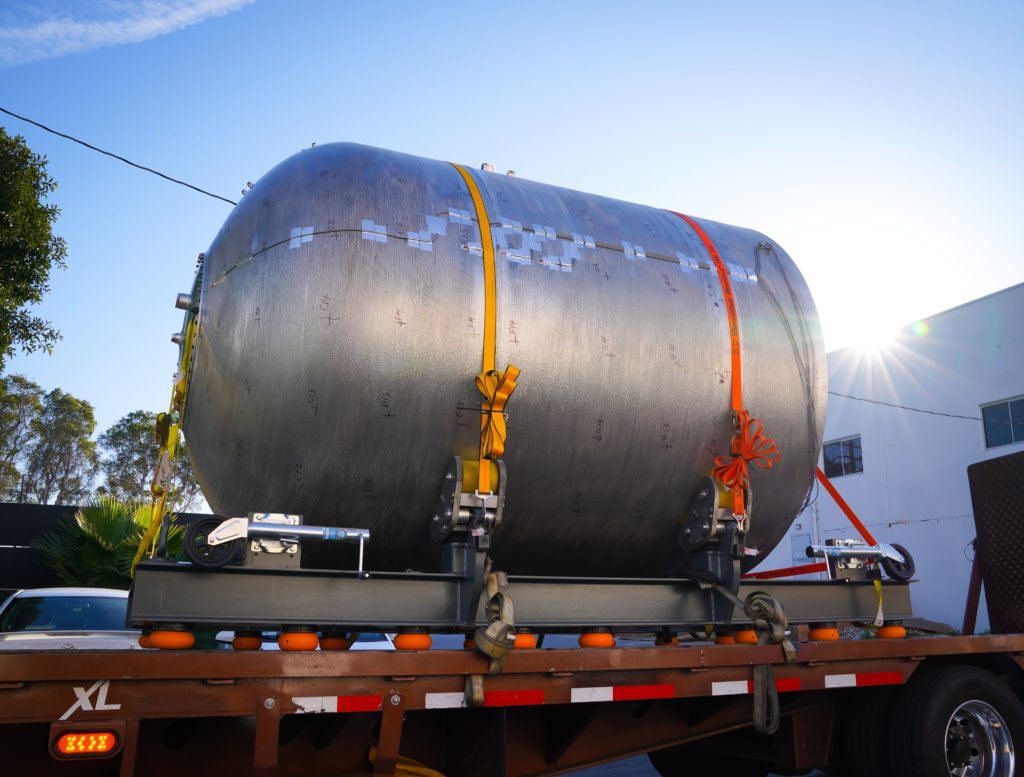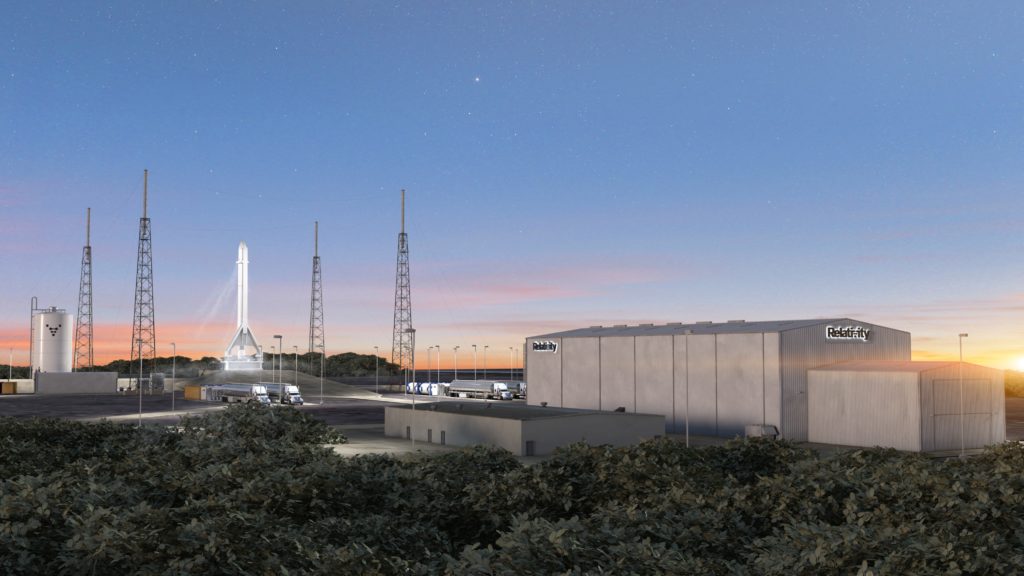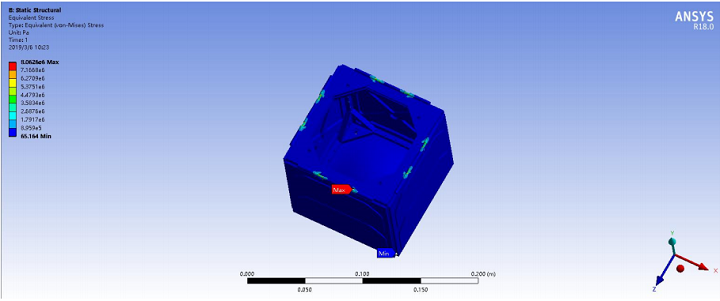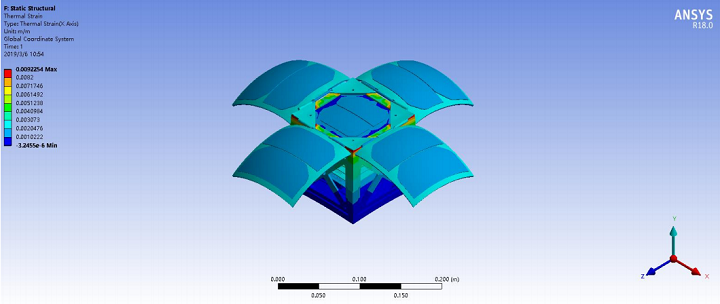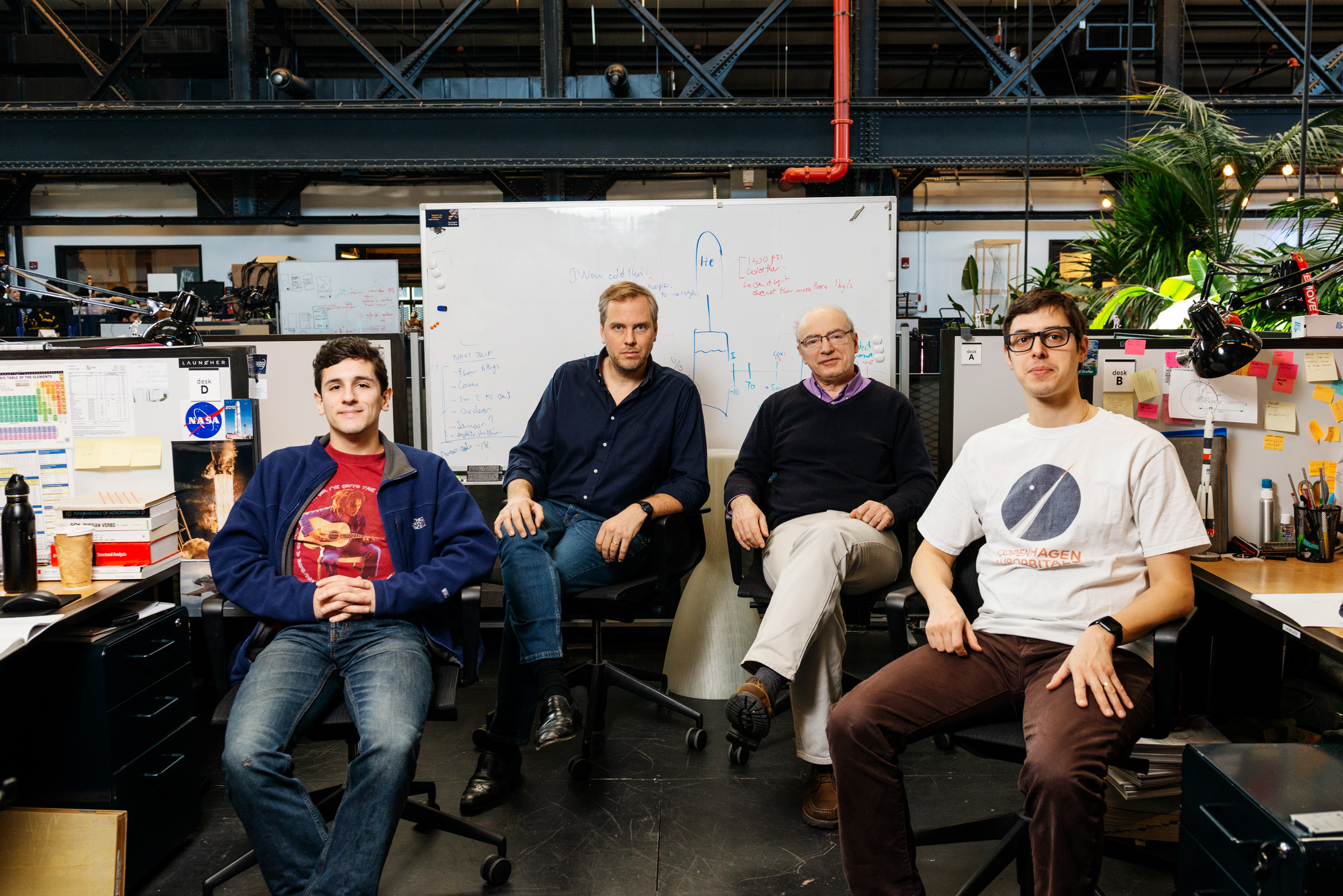A new launch site facility at Vandenberg Air Force Base in Southern California will be Relativity Space‘s latest adoption to its growing portfolio of infrastructure partnerships. With this new addition, the 3D-printed rocket manufacturer’s launch capabilities will now span both coasts of the United States, as the company already has a lease for a launch site in Cape Canaveral, Florida. Ahead of next year’s inaugural Terran 1 rocket launch, these expanded capabilities, along with the company’s autonomous production via metal 3D printing, help drive Relativity’s momentum and customer base at a time when the space industry is booming and the number of rocket launches increases exponentially.
To build up its launching capabilities, Relativity signed a Right of Entry Agreement with the 30th Space Wing of the United States Air Force to begin the assessment of the viability of launch operations at the prospective site. The location chosen for Relativity’s new launch complex is the current site of Building 330 (B-330) and the adjacent land, a storage facility located just south of SLC-6, the current west coast launch site for United Launch Alliance’s Delta IV Heavy rocket. Moreover, Relativity’s senior leadership team, drawn from both longtime aerospace companies and industry pioneers, has executed dozens of successful launches at Vandenberg.
“We’re honored to begin this partnership with the 30th Space Wing and join the exclusive group of private space companies able to conduct launches at Vandenberg,” said Tim Ellis, CEO of Relativity. “The West Coast launch facilities allow Relativity to provide affordable access to polar and sun sync orbits that are critical for both government and commercial customers. The geographic southerly position of B-330 at Vandenberg offers schedule certainty and increased launch frequency that will be advantageous to our Terran 1 customers.”
Home to the 30th Space Wing, which manages the Department of Defense’s space and missile testing as well as satellite launches into polar and Sun Synchronous orbits (SSO) from the West Coast, the Vandenberg launch site would support Terran 1 as well as future Relativity Space capabilities, offering Relativity’s customers a complete range of orbital inclinations adding to LEO, MEO, GEO, and low inclination orbits possible at Cape Canaveral’s Launch Complex 16.
“The 30th Space Wing takes great pride in supporting the next generation of leaders in space. We are impressed by Relativity’s innovative approach to reinventing aerospace manufacturing via 3D metal printing and robotics paired with an executive team of seasoned aerospace leaders. We look forward to working with Relativity as its West Coast launch partner for many years to come,” stated Colonel Anthony J. Mastalir, 30th Space Wing commander at Vandenberg Air Force Base.
Disrupting 60 years of aerospace, the California-based startup is pushing the limits of additive manufacturing as it attempts to 3D print entire orbital-class rockets. Originally based in Los Angeles, the autonomous rocket factory and launch services leader for satellite constellations recently moved its work to a 120,000 square foot site in Long Beach, California, that will house both the company’s business operations and an unprecedented manufacturing facility to create the first aerospace platform that will integrate intelligent robotics, software, and 3D autonomous manufacturing technology to build the world’s first entirely 3D printed rocket, Terran 1.
Up until now we only heard of four customers onboard the Terran 1 manifest, which are Telesat, mu Space, Spaceflight, and Momentus Space. However, Relativity also revealed on Wednesday, via a Twitter post, its fifth launch contract with satellite operator Iridium Communications. According to the company, as many as six Iridium NEXT communication satellites would launch no earlier than 2023 from the new launch site to be constructed at Vandenberg.
Iridium’s CEO, Matt Desch, explained that “Relativity’s Terran 1 fits our launch needs to LEO well from both a price, responsiveness and capability perspective.”
Focused on expanding the possibilities for the human experience by building a future in space faster, and starting with rockets, Relativity has been working to pioneer technology that allows them to reduce the part count 100 times by printing across Terran 1’s structure and engines, also significantly reducing touchpoints and lead times, greatly simplifying the supply chain and increasing overall system reliability.
Throughout the last five years, the company has conducted over 300 test firings of its Aeon rocket engines as part of an engine test program conducted at test complex E4 and E2 at NASA’s Stennis Space Center in Mississippi. Powered by liquid methane and liquid oxygen, nine Aeon 1 engines will power Relativity’s first Terran 1 vehicles to LEO. According to NASA Spaceflight, the propellant choice for Aeon 1 is consistent with Relativity’s stated goal of enabling an interplanetary future for humanity, especially since methane and oxygen are expected to be the easiest rocket propellants to produce on Mars. As well as highly automated 3D printing manufacturing methods that can become extremely relevant to future interplanetary space travel.
Relativity is quickly advancing towards launching the first entirely-3D printed rocket to space as it continues to engage in public-private partnerships. In fact, this last agreement represents yet another milestone that the company secured with federal, state, and local governments and agencies across the United States Government. As the first autonomous rocket factory and next-generation space company, Relativity aims to produce an innovatively designed and manufactured rocket, just in time for the upcoming new space race, where startups have the opportunity to be part of an entirely different, unknown, and competitive big new frontier for the private space industry.
The post Relativity Secures a New Launch Site in California for 3D-Printed Rockets appeared first on 3DPrint.com | The Voice of 3D Printing / Additive Manufacturing.


